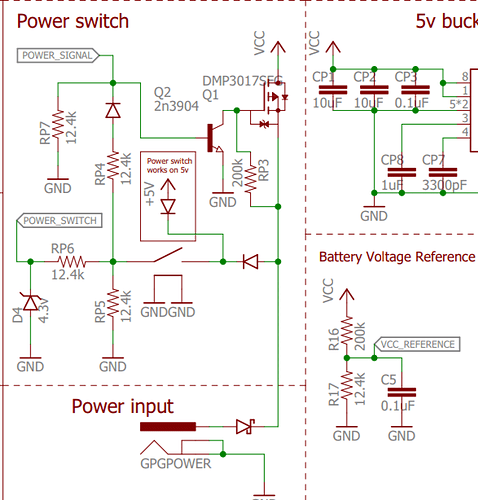@cleoqc
@cyclicalobsessive
@KeithW
@mitch.kremm
I have finally gotten around to characterizing the voltage curve for the GoPiGo-3 first generation red board.
The data is as follows:
-
12.00 to 7.85 - power LED green.
-
7.80 to 6.67 - power LED yellow.
-
6.63 to shutdown - power LED red.
-
At about 6.4 volts, the Raspberry Pi appeared to start shutting down but the power LED was still steady red.
Steady state current draw was about 0.5 amps using Raspbian for Robots Buster on a Pi-4 with nothing happening.
Notes:
-
This is a sample of a single board. Resistance tolerances and individual IC characteristics may cause your readings to vary.
-
Readings are ±0.01v
-
Hysteresis is about 0.05v from the beginning of a state change until it became solid at the next color, both ways.
-
Voltage readings are across the input terminals of the GoPiGo board itself. I did not have a screen attached and do not have voltage readings from within the GoPiGo’s software.
Anyone who feels like shipping me a bunch of GoPiGo boards, go right ahead and I will add additional data.
Conclusion:
Especially with the new Lithium battery packs, these trip points should be changed, and there should be an option to automagically shut down (with a flashing red LED) when the voltage becomes critically low.
Hope this helps.
What say ye?
